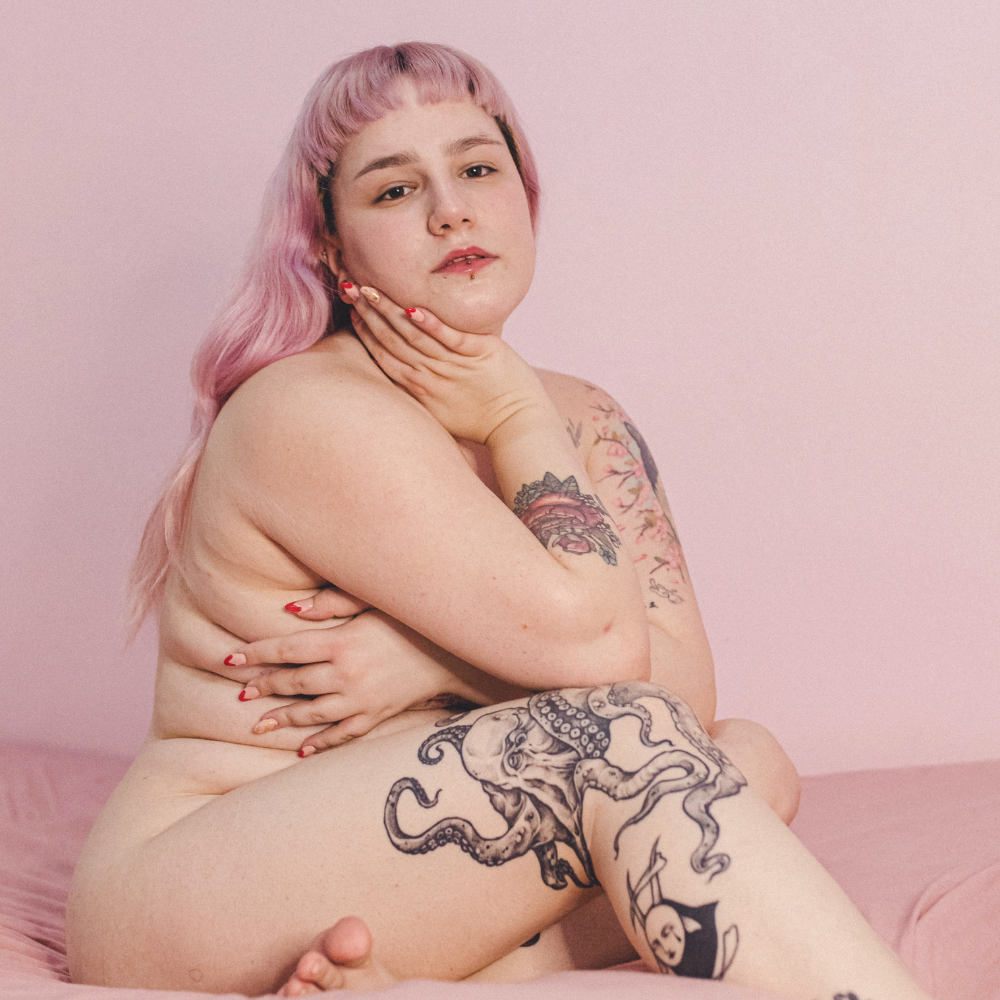| Contents: |
You’re so cute, I want to hurt you
Personally, I regularly encounter the phenomenon of cute aggression when I am at my son’s nanny’s house. She repeats quite regularly that my child is so beautiful that she could eat him up 😨. It seemed a bit exaggerated, but not so bad, as long as a piece of my child didn’t end up in the nanny’s mouth. And then, one day after a hard day, my partner paid me a compliment and gave me a tender hug. I bit him! I didn’t want to hurt him, on the contrary, he was adorable, and I was very happy. It was just a dimorphic expression of positive emotion.
What’s going on in our brain?
Rebecca Dyer and Oriana Aragón were the first people to explore this phenomenon of cute aggression. One of the basic theories was that cute aggression helps us to manage an overflow of emotions. In fact, when faced with a very intense positive emotion, we can sometimes feel a negative emotion simply to cope with the positive overflow. This is exactly the same principle as tears of happiness or laughter that can be triggered during anger or great sadness. So this is what we call dimorphic emotion expression, i.e., what I express differs from what I feel or what I feel differs from how I express it.
The baby pattern, who’s the cutest?
To test this hypothesis, other researchers have sought to understand what goes on in our brain at this moment in time. In 1943, the ethnologist Konrad Lorenz established the Kinderchenschema or the baby pattern, which describes the characteristics we find the cutest in a baby 👶:
- a big head
- a round face
- full cheeks
- a big forehead
- big eyes
These cute characteristics trigger a protective and nurturing reaction in us. We want to care for them, and it works with any species. It's visceral, the cuter the individual, the more we want to protect them, and it even works with cars according to Vice: “A study in 2010 found that when researchers altered the appearance of cars to give them more baby-like features, such as enlarging the headlights to imitate large eyes and narrowing the radiator grille to imitate a small nose, participants reacted more positively to the “baby” cars than to the “adult” cars.” 🚗
A way to save energy
If the cuteness of a baby, human or animal makes us want to take care of it, where does this aggression that can accompany it come from? Well, it's always a way of dealing with an overflow. Indeed, when we feel a strong emotion, we consume a large amount of energy. To avoid spending too much energy looking at babies instead of looking after them properly and therefore being productive, our brain compensates with aggression. In reality, this is an evolutionary reaction. The urge to crush something cute enables us to put an end to a strong feeling and to nurture, protect and care.

How do we manage to look after this beautiful baby? By wanting to eat it, of course!
Going through with it?
Most of us have already experienced or will experience this dimorphic expression of positive emotion, but unless we’re unbalanced, we won’t have a violent physical reaction. The reaction is actually quite healthy. It prevents us from being submerged and helps us to regulate and manage our emotions.
Editor’s note: A normal reaction!Now you know that it’s a way for your brain to regulate too many emotions, don’t panic if you’ve already experienced this kind of behavior! If managing your emotions is a problem, if you feel you’re losing your way, if you’re losing yourself or if you feel bad on a daily basis, don’t hesitate to make an appointment with a psychologist to discuss it. 🤗 Understanding yourself, accepting yourself, being happy... It’s here and now! #BornToBeMe |
Be sure to check out these articles too;
























Did you like this article?
Want to know more 🤔 ?
Write directly to the authorKatieM. !
Ask Katie a question
Want to share your thoughts? Leave a comment